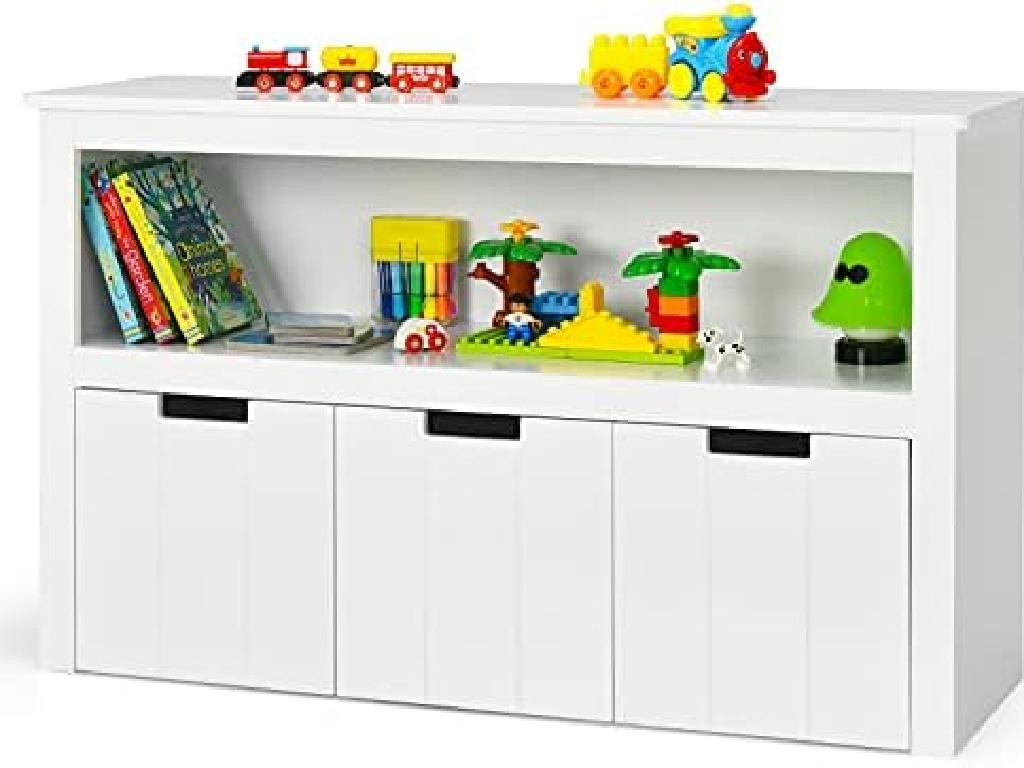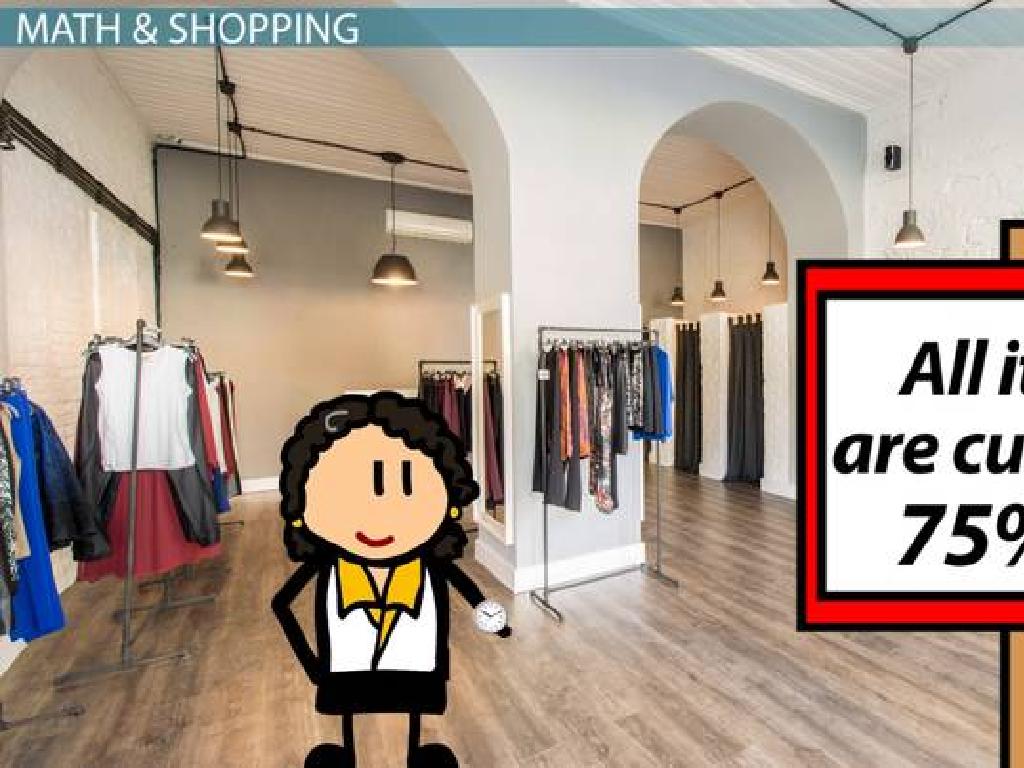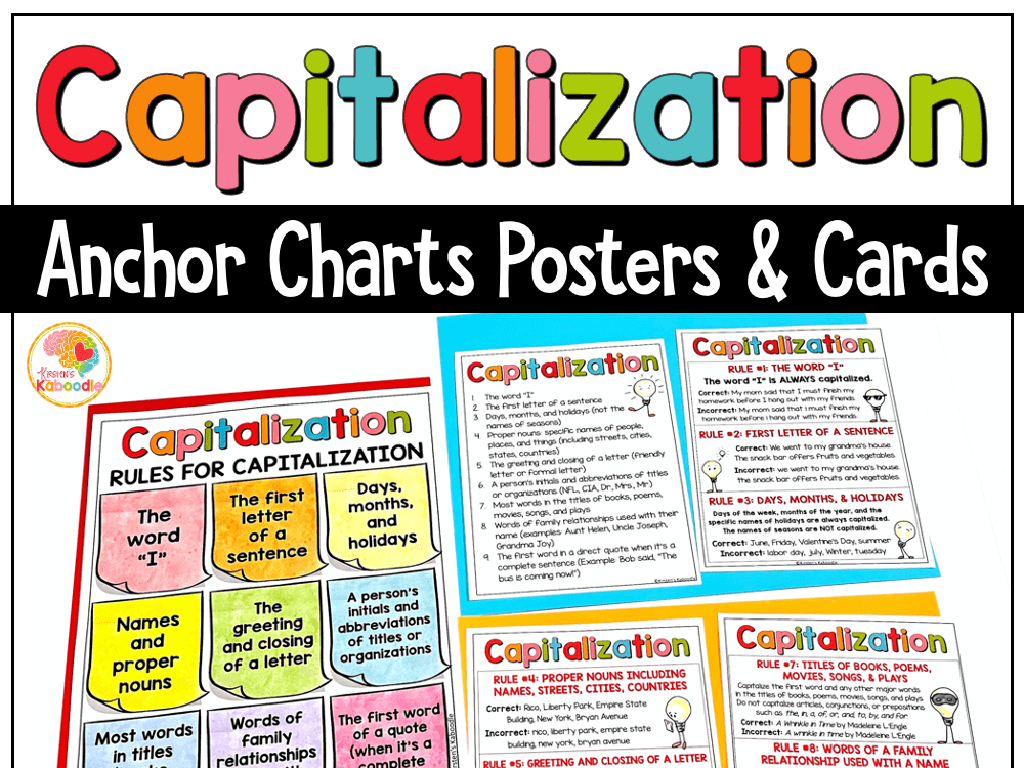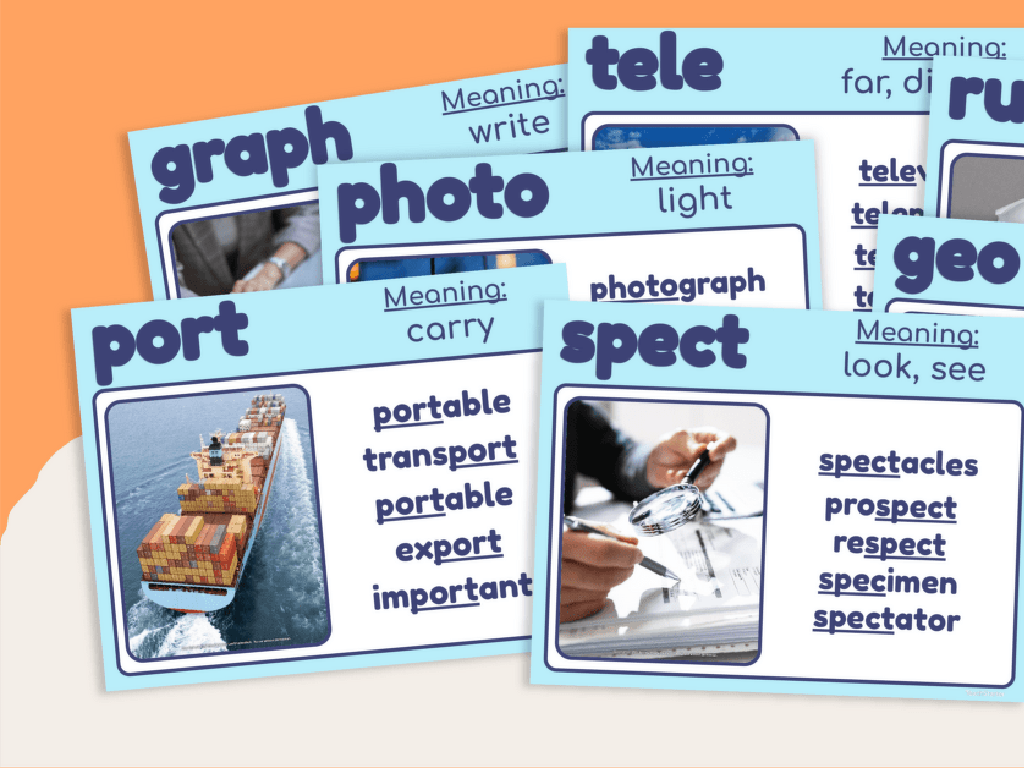Solve Word Problems Using Guess-And-Check - Up To 20
Subject: Math
Grade: Second grade
Topic: Mixed Operations Word Problems: One Digit
Please LOG IN to download the presentation. Access is available to registered users only.
View More Content
Math Adventures: Solving Word Problems!
– Learn ‘Guess-and-Check’ strategy
– A method to find answers by guessing and then checking if our guess is correct.
– Understand word problem clues
– Look for keywords in problems that tell us what to do, like ‘total’ or ‘left’.
– Practice with numbers up to 20
– Use simple numbers first to get comfortable with the strategy.
– Apply strategy to solve problems
– Try solving a problem together as a class using guess-and-check.
|
This slide introduces the ‘Guess-and-Check’ strategy for solving word problems, a fundamental skill in second-grade math. Begin by explaining the concept of making an educated guess based on the information given in the problem and then checking to see if it fits the conditions of the problem. Emphasize the importance of understanding the context and clues within word problems, such as action words or phrases that indicate addition or subtraction. Encourage students to start with smaller numbers to build confidence. Provide examples and plan for interactive class activities where students can apply this strategy to problems with numbers up to 20. The goal is to develop their problem-solving skills in a fun and engaging way.
Solving Word Problems with Guess-and-Check
– What are word problems?
– Stories with numbers to find answers
– Steps to solve with guess-and-check
– Guess a solution, check if it fits, and keep trying
– Practice makes perfect
– Applying to real-life situations
– Use math for everyday problems like sharing snacks
|
This slide introduces second graders to the concept of word problems as stories that can be solved using math. Emphasize that word problems are not just about numbers; they are about understanding a situation and figuring out what math operation to use. The guess-and-check method is a trial-and-error approach that helps students to be more engaged and persistent in finding solutions. Encourage them to practice with different word problems to gain confidence. Relate the importance of word problems to real-life scenarios, such as dividing treats equally among friends, to make the concept more relatable and understandable.
Guess-and-Check Strategy in Math
– Understanding guess-and-check
– A method to find answers using trial and error
– Making an educated guess
– Think what the answer could be before solving
– Checking your guess
– Use math to see if your guess solves the problem
– Practice with fun problems
– Try it out with simple addition and subtraction
|
This slide introduces the guess-and-check strategy, a fundamental problem-solving technique for second graders. Start by explaining that guessing and checking is like being a math detective, where students make an initial ‘guess’ about the answer to a problem. Then, they ‘check’ their guess by applying it to the problem to see if it works. Emphasize that it’s okay if the first guess isn’t correct; it’s all about trying again. Provide examples of simple addition and subtraction problems where students can apply this strategy. For instance, if a problem asks what two numbers add up to 15, students might guess 7 and 8, and then check by adding them. Encourage students to share their guesses and how they checked them. This interactive approach helps build confidence and reinforces their understanding of basic operations.
Guess-and-Check in Action
– Understand the word problem
– Read the problem carefully and think about what it’s asking.
– Make an educated guess
– Think of a number that might work and write it down.
– Check if the guess fits the problem
– Use your guess to see if it solves the problem.
– It’s okay to guess again!
– If the first try doesn’t work, make another guess!
|
This slide introduces the guess-and-check strategy for solving word problems, which is a practical approach for second graders. Start by reading the problem together and discussing what it’s asking. Then, guide students to make a reasonable guess based on the information given. Next, they should check their guess by substituting it into the problem to see if it makes sense. Emphasize that it’s perfectly fine if the first guess isn’t correct; the key is to keep trying with new guesses. Encourage students to be patient and persistent. As an activity, present a simple word problem and walk through the guess-and-check process with the class, allowing students to suggest guesses and check them as a group.
Guess-and-Check: Solving Word Problems
– Understand the problem
– Tom started with 5 apples, how many more to reach 12?
– Make a reasonable guess
– First guess: Tom bought 6 more apples
– Check if the guess fits
– 5 apples + 6 guessed apples = 11, not 12
– Adjust the guess accordingly
– Try a new guess: maybe 7 apples?
|
This slide introduces the guess-and-check strategy for solving word problems. Start by ensuring students understand the problem: Tom has 5 apples and ends up with 12, so how many did he buy? Encourage students to make a guess that seems reasonable, like 6 apples. Then, they should check their guess by adding it to the original amount. If the sum isn’t correct, as in this case, guide them to adjust their guess and try again. This iterative process helps students understand the problem-solving method and reinforces their addition skills. During class, work through this example together and then let students try similar problems on their own or in small groups.
Guess and Check: Balloon Problem
– Start with 15 balloons
– 5 balloons fly away
– Guess: 10 balloons left?
– Is our guess correct?
– Check: 15 – 5 = 10
– Subtract to verify: Yes, it’s correct!
|
This slide presents a simple subtraction problem to practice the guess-and-check strategy. Sara starts with 15 balloons and loses 5. Students should guess how many are left and then check their guess by performing the subtraction. The correct answer is confirmed through the check process. Encourage students to use this strategy with other word problems, making an educated guess based on the information given and then using arithmetic to check if their guess is accurate. This reinforces their understanding of subtraction within 20 and builds problem-solving skills.
Let’s Practice Together: Guess-and-Check Method
– Try ‘Guess-and-Check’ with a partner
– Solve worksheet problems together
– Make a guess for the solution
– Example: If 3 + ? = 5, guess that ? is 2
– Check and retry if necessary
– If the guess doesn’t work, guess again!
|
This slide is designed to encourage collaborative learning through the ‘Guess-and-Check’ method. Students should be paired up and provided with a worksheet containing mixed operation word problems. The teacher should guide them to understand that it’s okay to make an incorrect guess and the importance of checking their work. If the first guess doesn’t solve the problem, they should be encouraged to try a different number. The teacher can walk around the classroom to assist pairs that are struggling and to ensure that all students are engaged in the activity. Possible activities could include problems like ‘Tom has 3 apples, he needs 7 for a pie, how many more does he need?’ or ‘Sally has 10 candies, she gives some to her friend, now she has 7, how many did she give away?’
Class Activity: Math Detective
– Team up with a partner
– Solve mystery word problems
– Find clues in the problem to make a good guess
– Use ‘Guess-and-Check’ method
– Start with a guess, then check if it fits the problem
– Discuss solutions with the class
– Explain your thought process and answer
|
In this engaging class activity, students will pair up to tackle word problems by employing the ‘Guess-and-Check’ strategy. Provide a set of word problems that require adding or subtracting numbers up to 20. Encourage students to make an initial guess based on the clues provided in the problem, and then check their answer by seeing if it logically solves the problem. Once they’ve found a solution, they should be prepared to share with the class how they arrived at their answer, explaining their reasoning and the steps they took. This activity promotes critical thinking, collaboration, and communication skills. Possible activities: 1) Guess the number of apples in a basket after some are taken out. 2) Guess how many pencils are left after some are given away. 3) Guess the total cost of toys with given prices. 4) Guess the number of pages read in a book based on a reading schedule. 5) Guess the final score of a game after points are scored.
Becoming a Word Problem Wizard
– Praise for today’s problem-solving
– Homework: 3 ‘Guess-and-Check’ problems
– Use the ‘Guess-and-Check’ method learned today
– Practice makes perfect
– Aim to be a Word Problem Wizard
|
Congratulate the students on their hard work during today’s lesson on solving word problems using the ‘Guess-and-Check’ method. For homework, assign three additional problems that require them to apply this method, reinforcing what they’ve learned. Encourage consistent practice as it is key to mastering the skill of solving word problems. Remind them that with each problem they solve, they are on their way to becoming a Word Problem Wizard. Provide guidance on how to approach the homework and remind them to check their work carefully.






